What if a vehicle drove like an EV but refuels with gasoline like a traditional hybrid or internal combustion vehicle? Well, such vehicles exist. Called a series hybrid, this powertrain uses a gas engine exclusively as a generator to make electricity. That juice goes to the battery, which then sends it to the electric motor that turns the wheels. In other world markets, Nissan offers this type of powertrain in its e-Power lineup. Meanwhile, in the U.S., the only way to experience this system is to drive a vehicle from Karma Automotive. Currently, it’s the only automaker to offer a true series hybrid setup. Four years ago, I drove the Karma GS-6, a sibling to the Revero, and found that its powertrain may just help normalize electrification. The benefits of an EV meet the convenience of an internal combustion vehicle.
Unlike Nissan’s offerings in other markets, the Karma GS-6 has a plug. Does that make it an extended-range EV (EREV), or is it simply another plug-in hybrid (PHEV)? Technically, both are the same, with the difference being a higher-capacity battery in the former than in a typical PHEV. From my perspective, the GS-6 falls in the latter camp. Regardless of how you call it, this car stood out in many ways, especially with its unique powertrain setup and the way it operated.

Karma GS-6: EV Refinement Made Convenient
The GS-6’s setup used two electric motors, a 28-kWh battery, and a BMW-sourced 1.5-liter turbocharged three-cylinder engine. That’s the same unit found in the current generation Revero. The total system output is 536 hp and 550 lb-ft of torque, all going to the rear wheels. Yep, the GS-6 mounts its electric motors on the back, one for each rear wheel. It’s got the effortless acceleration of an EV thanks to its prodigious torque, making it feel lighter than its 2.5-ton curb weight.
In most driving situations, this distinct sedan is an EV. It quietly swallows up the road at alarming speeds. The only times it reveals that it’s a hybrid are in Sport mode or when the battery needs electricity. That’s when the gas engine turns on to generate electricity. Unlike the Honda two-motor hybrid system, which allows the engine to turn the wheels via a lockup clutch or directly send electricity to the drive motor, the GS-6 is a true series hybrid. That means the gas engine creates the electricity, sends it to the battery, which in turn powers the electric motors.
Since the GS-6 has a high-capacity traction battery, the engine barely turned on, resulting in a smooth drive. You immediately knew when the engine came alive because of its distinct three-cylinder hum. However, it felt unnatural because the three-pot’s revs don’t match how fast you’re going. It simply stuck to a certain RPM and stayed there until it finished generating the electricity needed. As a result, cruising at highway speeds created a distinctly odd feel because of the way the powertrain operated. It took time to get used to it, but once you did, you saw the powertrain’s inherent goodness. Instant electric power with the versatility of fueling up like a typical gas engine for longer drives.







The Elephant in the Room
The GS-6’s power seems quite promising. However, it’s not devoid of any weaknesses. The biggest one? Efficiency. At 27/25/26 mpg city/highway/combined, the Karma GS-6’s EPA fuel economy ratings are not impressive. That’s with the 21-inch alloy wheels. On cars with the larger 22-inch wheels, that rating drops to 22/21/22 mpg. Yikes. On the bright side, its all-electric driving range impresses at 61 miles with 21-inch wheels, or 54 miles with the larger 22s. Meanwhile, the total driving range stands at 330 miles with the smaller wheels, or 280 miles with the 22s.
I know what you’re thinking. How did the GS-6 get this inefficient? The first culprit is weight. At just over 5,000 lbs., my test car was no featherweight. However, that’s the smaller issue. The biggest one is the series hybrid (or EREV) setup itself. At highway speeds, the engine works at suboptimal speeds, resulting in lower efficiency. This happens because the wheel speed isn’t always matched to the optimal engine speed when cruising at higher speeds. Additionally, sustained speeds mean fewer braking and accelerating instances, meaning fewer chances to use regenerative braking.
Equipping the GS-6 with larger wheels further cuts into its efficiency. They also come wrapped with stickier tires and a staggered layout, resulting in an even bigger hit. Moreover, the 22s come with wider rubber, which means they require more energy to turn all four wheels. Take all of these factors together, and it’s clear why this setup isn’t very efficient. It’s not the only plug-in hybrid with this issue, either. The Mitsubishi Outlander PHEV is another model with a similar powertrain that’s not as efficient as it could be. That one’s EPA-rated at 25/27/26 mpg, has an all-electric driving range of 38 miles, and a total driving range rating of 420 miles.
The Perfect Compromise?
The Karma GS-6 may just have the perfect bridge to all-electric driving. The series hybrid setup eschews the use of a gas engine to turn the wheels, relying on it as a generator instead. This setup allows you to experience what’s new, all while maintaining the familiar bits like refueling at a gas station. Think of this as an EV with training wheels. Once you’re fully comfortable, you can easily transition to something fully battery-electric.
Should more automakers use this setup? I say yes. While not the most efficient, it’s a means to an end. A gateway to EV living, something that Nissan loves to tout about its e-Power lineup. Outside of Karma, Honda and Mitsubishi are the only other automakers with a similar setup here in the U.S. However, Honda’s setup is a series-parallel setup with a series operation bias since the engine can turn the wheels via a lockup clutch in certain situations.
With all that said, I believe there’s a place for series hybrids like the GS-6. It’s the perfect way to get people hooked on EVs. No, it’s not the ideal solution; however, it’s the closest thing to a true EV without getting rid of the gas engine.

















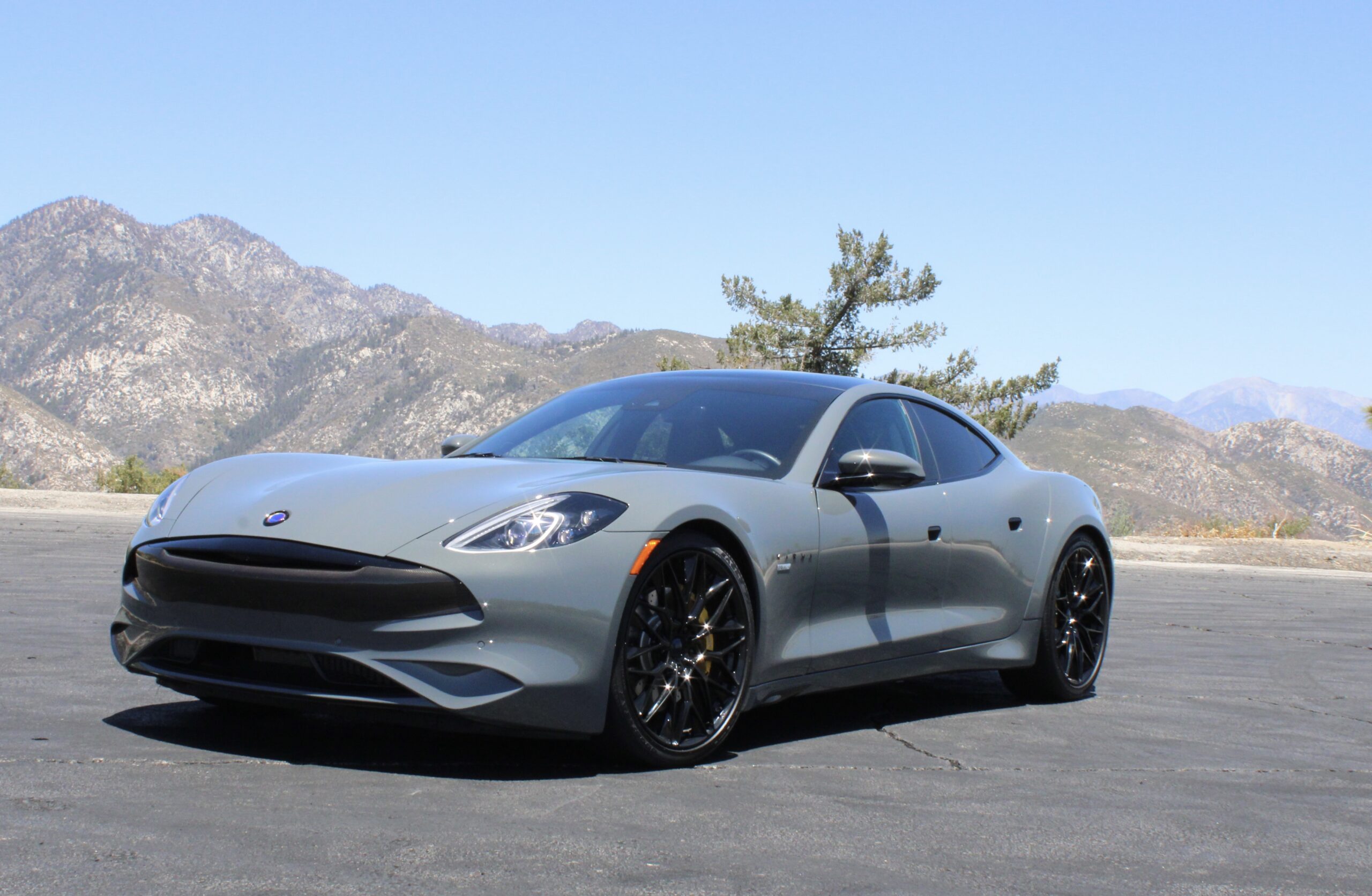
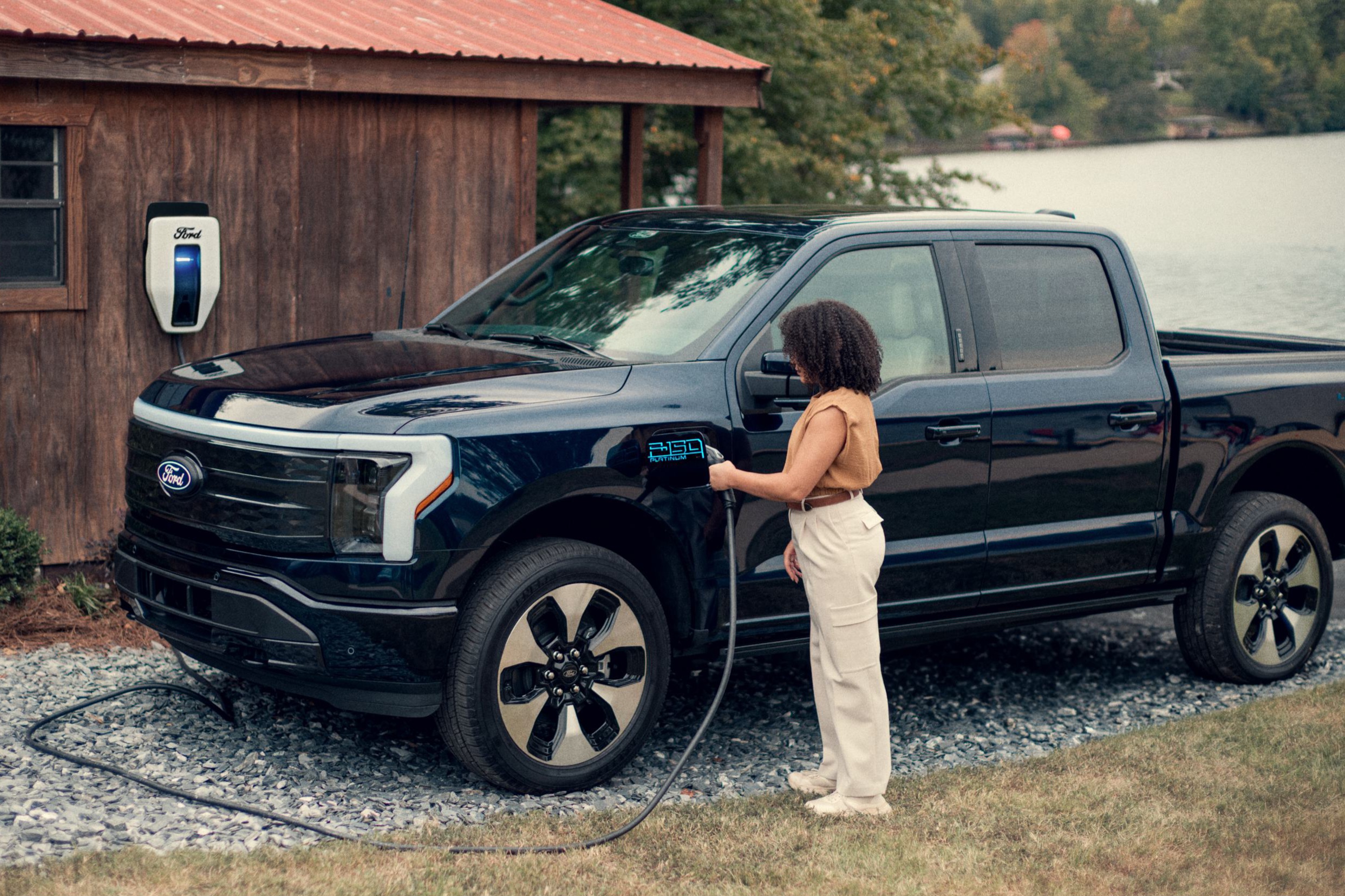
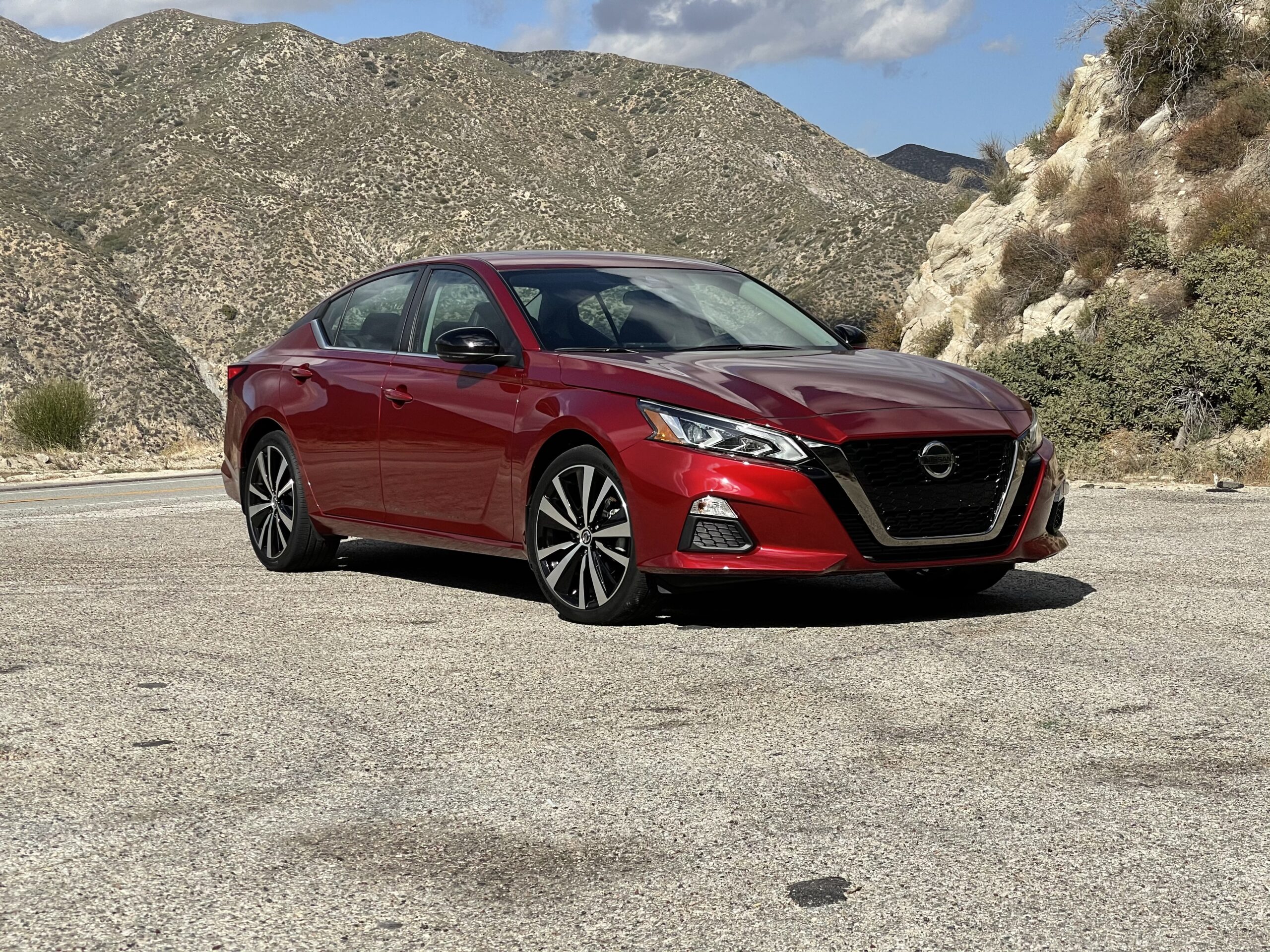
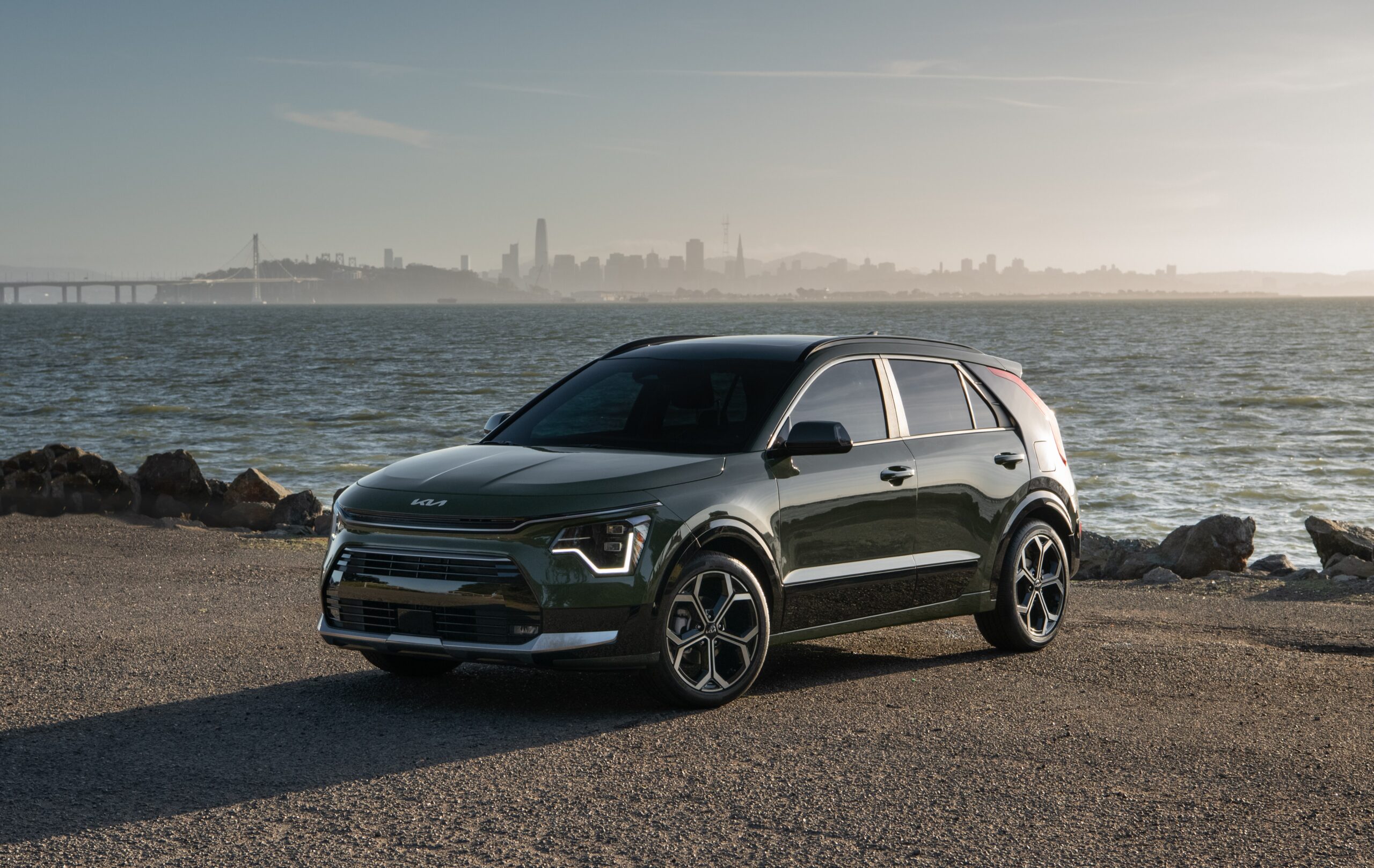
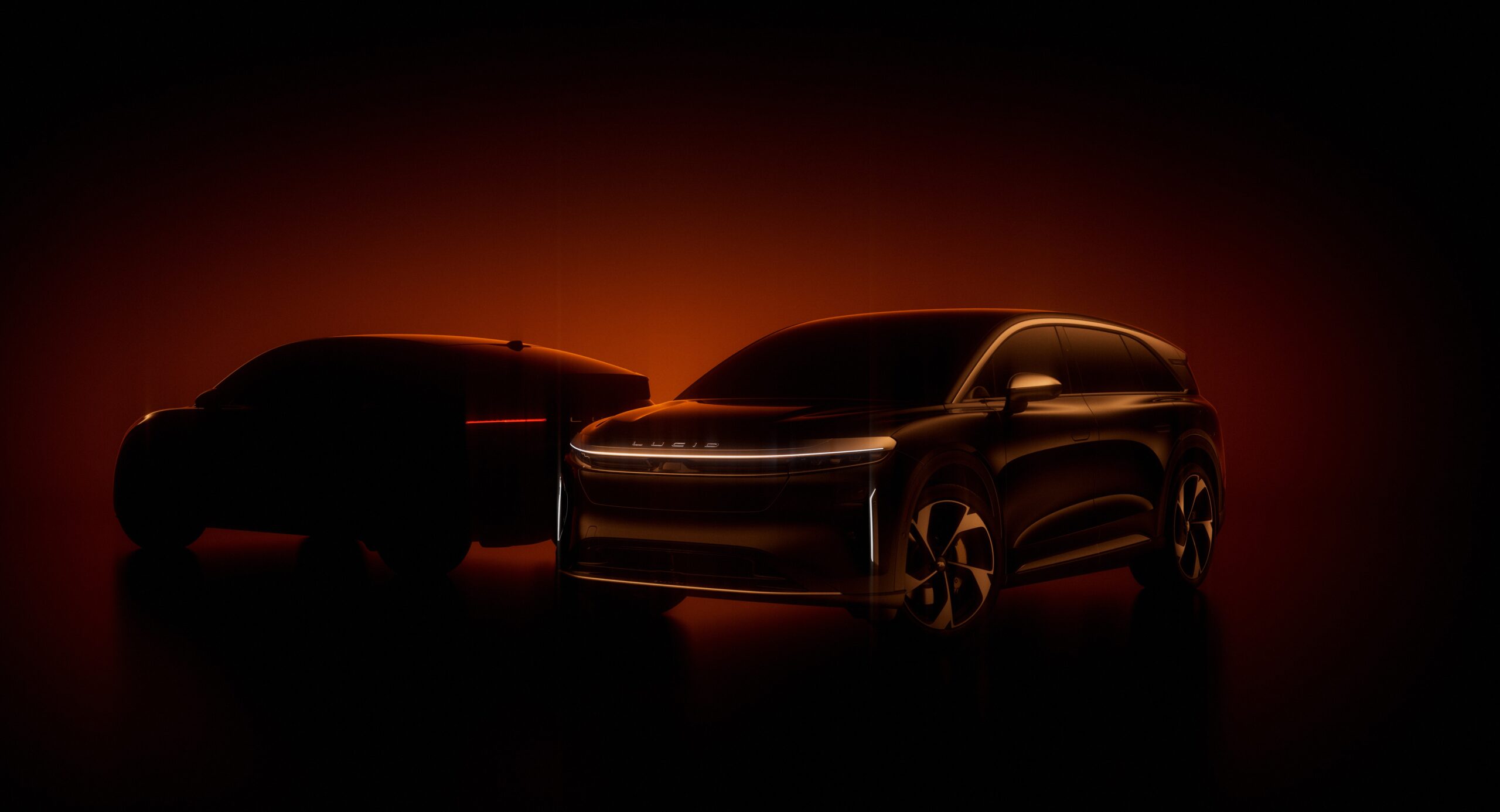
One thought on “Karma GS-6 Flashback Review: The Right Way to Electrification?”
Comments are closed.